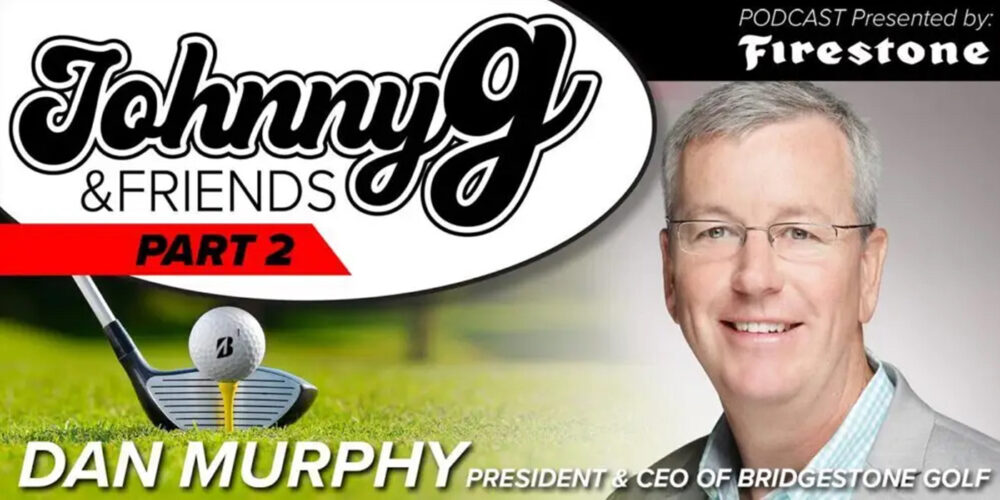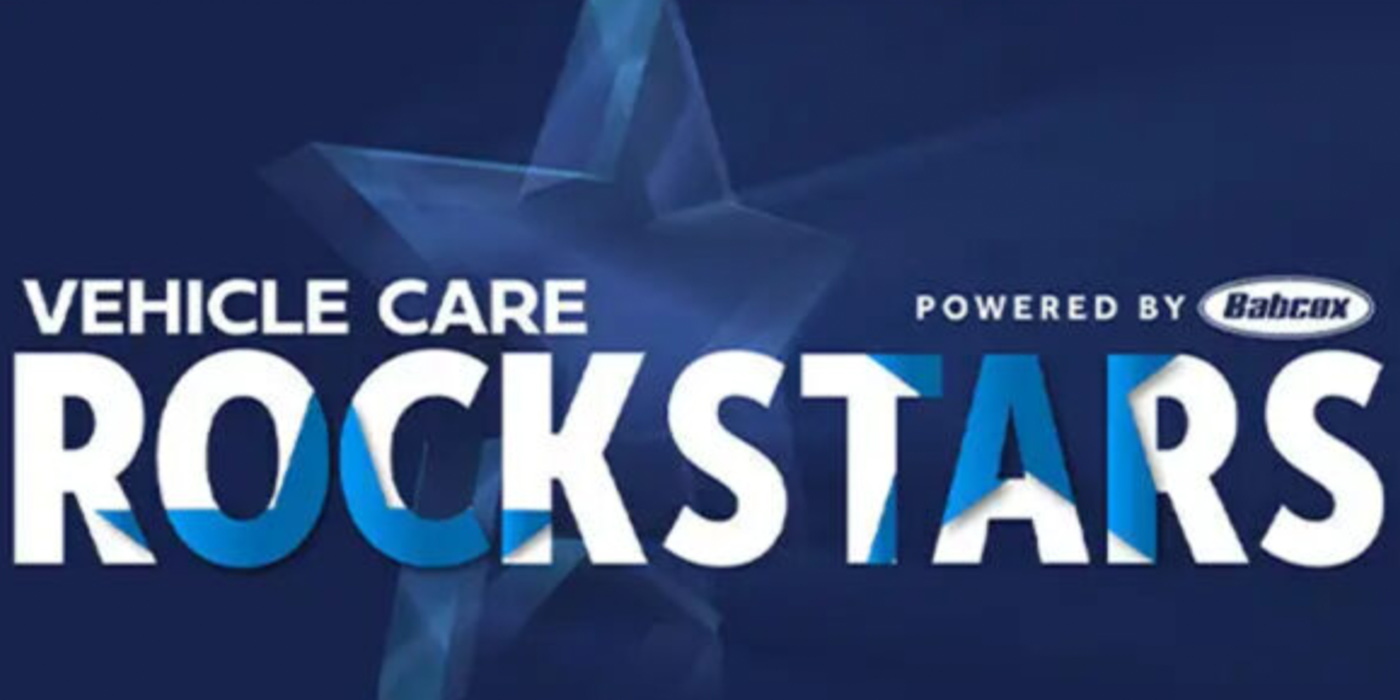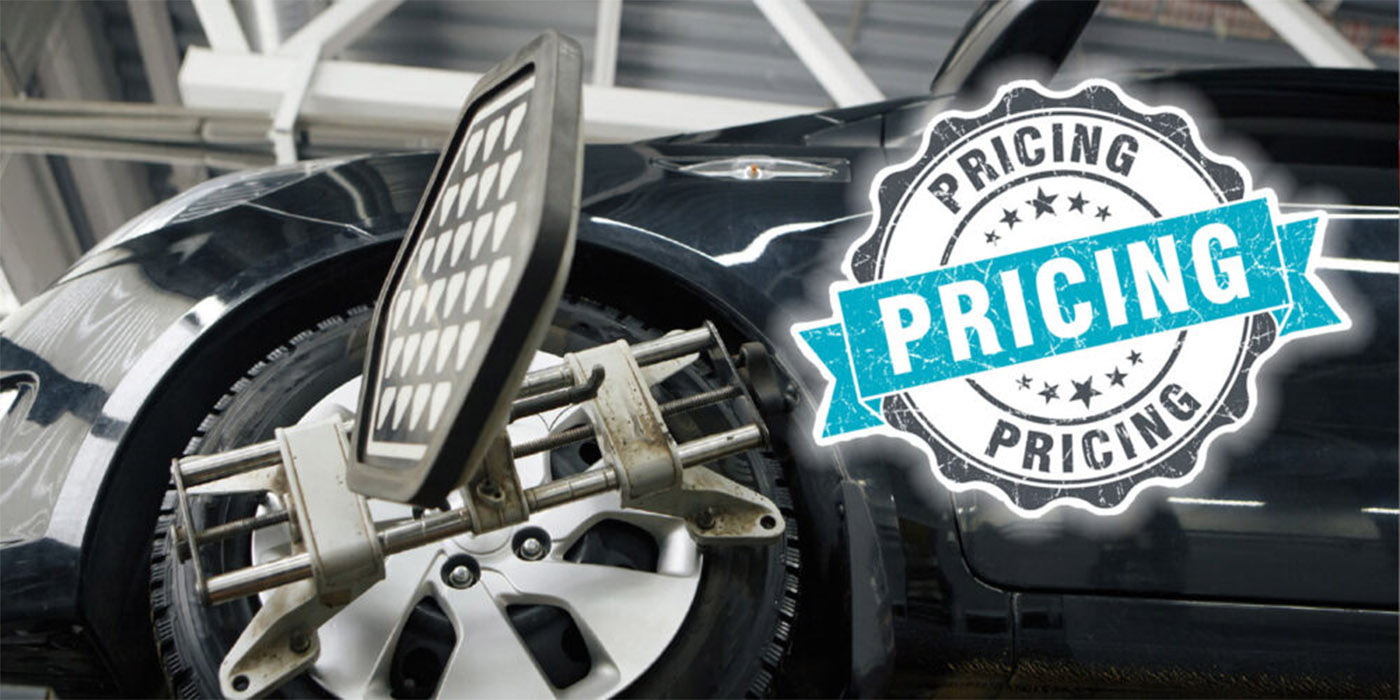Doug Kaufman:
It’s more difficult than ever to keep up with training. And from a technician’s perspective, it’s evident every day in the shop. I’m here with Philip Austin, manager of training with NGK and NTK. Phillip, let’s talk about the challenges for a technician of keeping up with training on a wide assortment of products. What is happening in the real world?
Philip Austin:
It varies, but the common denominator is you have to keep up with training, whether it’s self-guided by you spending just a little bit more time per car as you’re diving deep into the system, style of the technology or how the engine management strategy is supposed to work properly or actually dedicating the time to sit in evening trainings or lunchtime trainings. It’s evolving. The need is growing and the dependency on it is growing as well. So that’s why within NGK with our Shop Squad program, we’re aligned with that need and we’re trying to keep watch of how it changes and how much is needed.
Doug Kaufman:
Let’s talk about the resources that are available today. Where can technicians get the latest? How can they keep up?
Philip Austin:
I know most of your viewers may be thinking Google, but that is not the place to go. They could keep up by coming through our channels like Shop Squad online and be able to pull resources on top of the resources that come with doing the job, such as the online information databases and keeping up with looking up the procedures, sticking to a diagnostic process, all those best practices work. And we just played a cherry on top in additional resources of looking up technical articles and viewing online learning modules on the subject matter you may feel weak in. So, there’s tons of resources out there and NGK is definitely trying to make sure it’s one of them.
Doug Kaufman:
Philip, you mentioned a large number of different styles of training. From your perspective, what seems to be the most effective?
Philip Austin:
Most effective? It’s hard to say because it is dependent on the type of individual. There’s no cookie cutter approach when it comes to training. There’s different methods where an audience can be in person, a receptive type audience, and there’s others that would rather sit alone and go through a online module, training module, digest information, take a pause, think about what images may apply to when they need to troubleshoot a vehicle, and how is this LMS module helping them get better at that from the images, the content? It’s all in how you learn.
So, we have three main methods of training for those type of individuals. So, it’s in person where you want to interact, ask questions on the fly, and also stay back after and network with other professionals and ask each other questions and get answers from the instructor. Our on demand where you could self-pace, take your time doing it, or even going through a live webinar where you didn’t have to commute anywhere. You could just be a part of that live experience, ask questions, type it in a chat box. So, those are the three different ways and there’s not a go to one, unfortunately.
Doug Kaufman:
Yeah. I know training methods and training opportunities have changed certainly, over the past couple of years, and I know you’re doing more in-person training now than probably over the last couple of years.
Philip Austin:
Yes.
Doug Kaufman:
What are some of the real-world questions? What are the techs asking you that they’re really seeking information on these days?
Philip Austin:
I’ll tell you, it depends on what state I’m in. `Every state, they just have a different feel of what they’re experiencing. And some of the questions that I get is, how can I be more efficient navigating wiring diagrams, choosing what type of equipment to use to get to the root cause? And it’s subject based, so the answers change and my follow up to a question like that, “Okay. Let’s use an application for an example.” Because there’s no cookie cutter approach to that answer as well.
So, the approach, discussions, questions around the approach of troubleshooting is one of the top questions that I get. We have a good discussion on that. Another question, it’s pretty obvious, but it’s important to ask is, am I seeing everything I need to see from the equipment that I’m using? What are my limitations if I’m using a scan tool and I’m looking at global OBD-II platform versus the manufacturer specific? What data pits that I need to keep in mind that I need to jump back and forth on in order to come up with the diagnostic plan to troubleshoot this car? When is the right time to pull out my scope? Should I spend more time mastering the scope or should I lean more on the graphing ability of my scan tool data pits? How is mode six applicable when trying to troubleshoot a car with no codes, but it has a drivability problem? Those are the top questions that I normally get during and after training events.
Doug Kaufman:
So training continues. You’re never done training.
Philip Austin:
No.
Doug Kaufman:
Never done learning.
Philip Austin:
No.
Doug Kaufman:
If you don’t think you’re done learning yet, there’s opportunities and resources out there. Philip, how can our viewers get more information?
Philip Austin:
Well, we just started a new program called Shop Squad in which once you sign up, it opens up for you to be part of our community and our community is simple. There’s a training and a development need in our industry for us to be efficient at what we do. We want to build a community so that we can share resources, open-end questions and being able to use that community to make everyone else better. And we’re going to spearhead that by providing specific technician, shop owner service advisor training, and the resources you could all come to NGK for through our Shop Squad online program.
Doug Kaufman:
Sounds like a great thing to help the whole industry improve.
Philip Austin:
We’re trying.
Doug Kaufman:
Thanks for watching. We’ll talk again soon.











